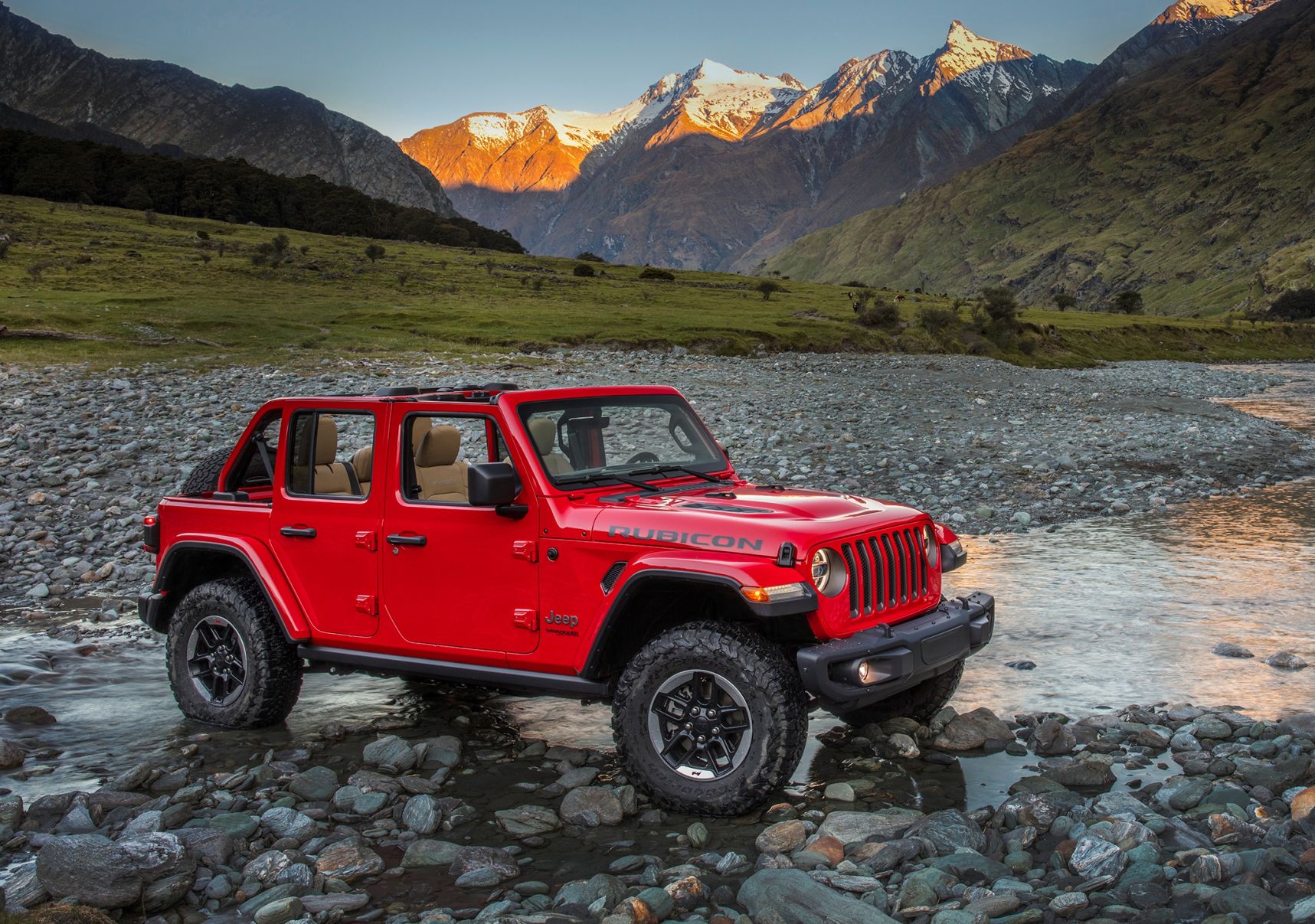


It can take a while for the catalytic converters to work their magic. Second, gasoline engines are at their least “clean” when they first start up. It lower’s one's cost per mile for energy and you don’t have to pull up to the pump as often. Why does this matter? Why not just use the gas engine to make heat? There are two reasons why instant electric heat is a positive for PHEV owners. Were it not for the Wrangler 4xe’s simple but effective restive heating system, we would have had to rely on the gas engine to keep the cabin warm and the windshield from fogging up. We charged up each night, and most of our around-town driving was all-electric. Related Story: Truth Unplugged - Data Helps Disprove Critics’ Main Complaint About Plug-In Hybridsĭuring our time with the Wrangler 4xe we tried to use the gas engine as little as we could. We like foghorns, but it sort of goes against the quiet vibe of PHEVs, which are notable for being silent when in Ev mode. Second, in the RAV4, the heat pump sounds like a foghorn when it first starts up. In single-digit temps they have a hard time scavenging much heat from the environment and don’t get the job done very well.

First, they don’t work very well when you need them the most. There are just two problems with heat pumps. Heat pumps move heat rather than create it, so the heating system uses less of the vehicle’s high-voltage battery to warm occupants. Other automakers use a more efficient way to make heat in electrified vehicles.
Jeep hybrid how to#
Related Story: How to Turn On and Use Your Jeep Wrangler 4xe's Unique Winer Driving Systems The system can also use residual heat from the engine, if it has recently been running.” One heats the coolant which flows through the cabin air heater (to warm the cabin, in case the 2.0-liter engine is not running), and the other heats coolant which flows through the High Voltage battery (to keep the powertrain ready for cold starts, in case the battery would otherwise fall below its minimum temperature of -30☌). “The Wrangler 4xe has two separate high-voltage resistive heaters. We reached out to Jeep and a spokesperson explained the way the Wrangler 4xe makes heat so fast to us. Rather it used electric resistance to generate heat. However, our tester didn’t have that package. The Wrangler can also come with a cold-weather package that adds heated seats and a steering wheel.

Sure, the gas engine can run and generate traditional heat for the cabin, but part of the fun of PHEVs is seeing how infrequently you can use the gas engine. Jeep’s Wrangler 4xe has many ways it can warm its occupants. Glorious warmth in a vehicle that had no time to warm up. That’s not much of a trick these days, but what surprised us was that we had heat coming out of the vents of a cold-soaked vehicle almost immediately. In a recent test of the Jeep Wrangler 4xe during harsh winter cold, we discovered that one can turn on the Wrangler 4xe, tap Electric Mode, and drive off without the gas engine starting. Related Story: 5 Plug-in Hybrid EV Myths Battery-Electric Purists Wish Were True Jeep is also enjoying much success with its Wrangler 4xe PHEV. The RAV4 Prime PHEV outsold all of the BEV crossovers in its cost range this past year. While battery-electric vehicles (BEVs) capture the imaginations of much of the media, PHEVs have been very quietly capturing customers. One of the most fascinating new types of green vehicles is the plug-in hybrid-electric vehicle.


 0 kommentar(er)
0 kommentar(er)
